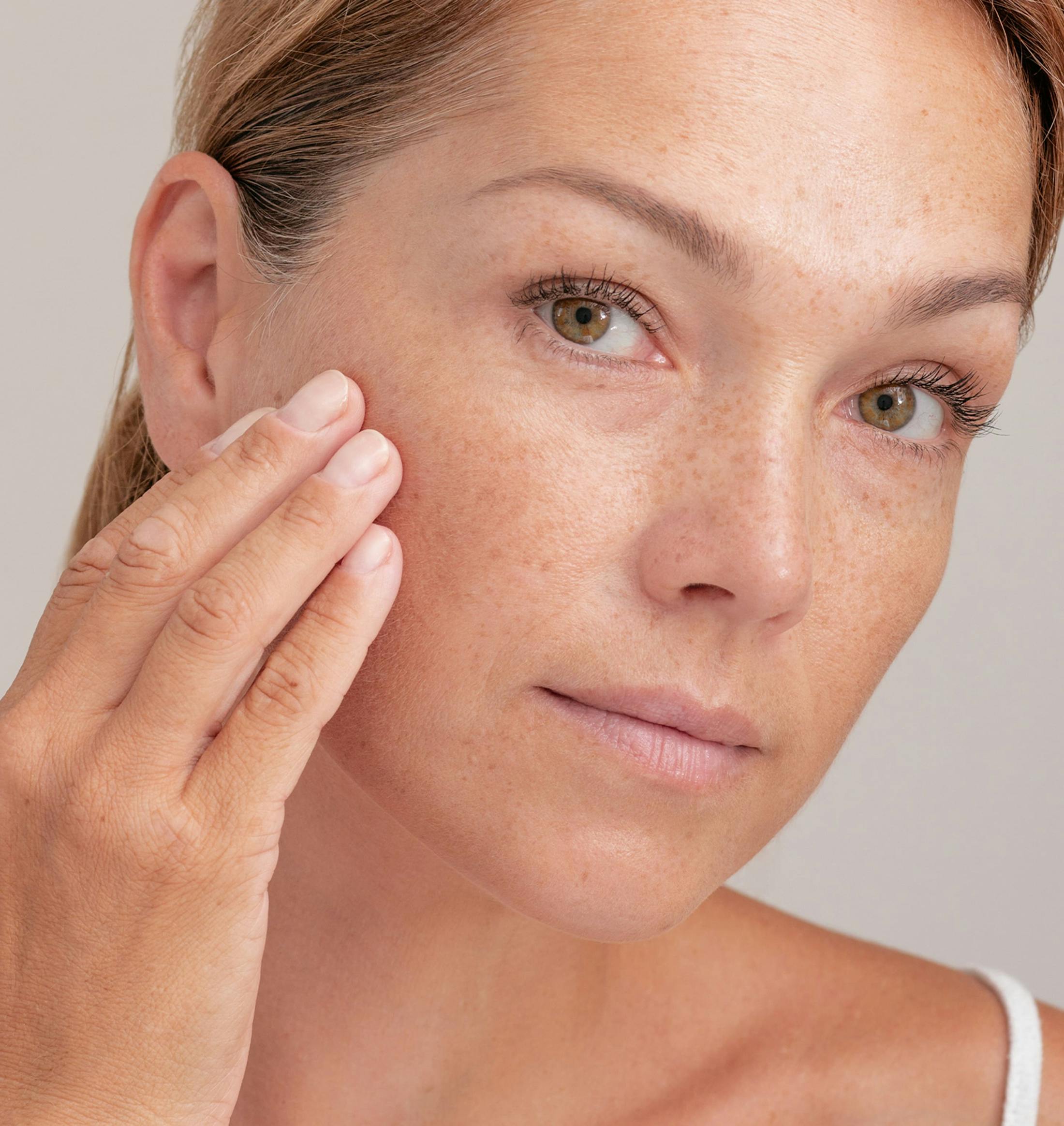Loss of volume in the face is one of the most recognizable signs of aging. Facial fat transfer restores youthful softness using your body’s own tissue. It’s a natural, long-lasting solution for subtle rejuvenation and refined facial balance.
About Facial Fat Transfer for a Refreshed Appearance
This procedure uses your body’s own fat, harvested from areas like the stomach or thighs, which is then purified and precisely injected into areas of the face that need soft, natural-looking volume. Because the fat comes from your own body, the results are soft, biocompatible, and long-lasting.
It is commonly used to treat the following concerns:
- Hollow under-eyes or tear troughs
- Sunken cheeks or midface volume loss
- Thinning temples
- Smile lines or nasolabial folds
- Jawline definition or contouring
- Subtle lip enhancement











